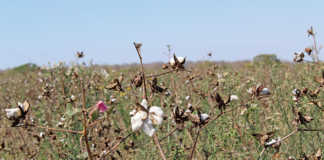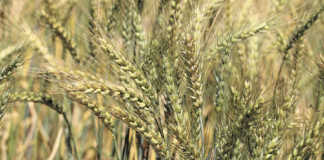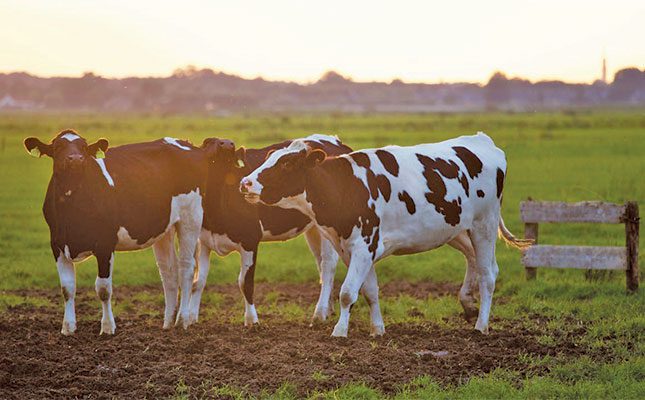
Photo: Supplied
Brucellosis, a zoonotic bacterial disease caused by various Brucella species, is a major concern for livestock health and human safety worldwide. With species of the bacteria affecting cattle, sheep and goats, the disease poses severe economic threats to farmers and can have debilitating impacts on human health.
Dr Didi Claassen, general manager of Afrivet Technical and Training Services in Pretoria, Gauteng, sheds light on this disease in cattle, sheep and goats, its transmission pathways, clinical manifestations, diagnosis, and vaccination and other control strategies.
Brucella abortus mainly affects cattle, B. melitensis is primarily found in sheep and goats, while B. ovis affects sheep, and rams in particular. B. abortus and B. melitensis are considered controlled diseases due to their significant economic and public health importance, while B. ovis is less regulated.
Transmission and detection
The transmission of brucellosis in cattle, sheep and goats primarily occurs through contact with aborted foetal tissue, vaginal secretions, and contaminated environments.
“The most important route is direct contact with aborted material from an infected animal or when an infected animal gives birth,” explains Claassen.
B. ovis, however, is predominantly transmitted via direct contact between rams, such as mounting behaviour.
Infected milk is also a common source of transmission. Claassen adds that potential, though less significant, transmission routes are injection needles and even flies that have come into contact with contaminated materials.
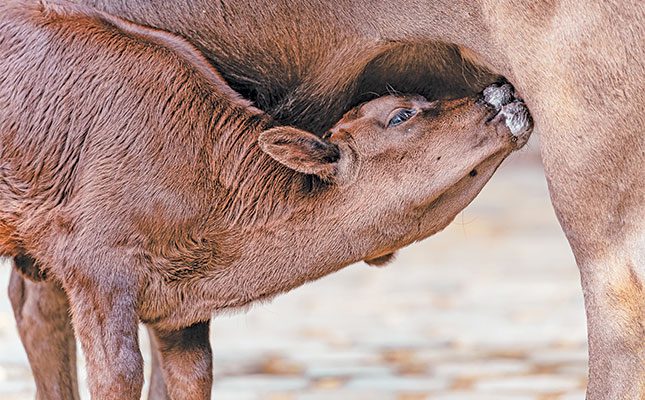
She says it is necessary to employ strict hygiene practices during birthing processes, the proper disposal of potentially infected materials, and to exercise caution when handling tools like needles that could serve as vectors for the disease.
One of the challenges of managing brucellosis is the lack of early visible signs in infected livestock. “This disease is horrible and scary because there are no obvious signs that an animal is infected until they start aborting,” explains Claassen.
Farmers typically become aware of an issue only after observing abortions or stillbirths in their herds or flocks. In rare cases, infected animals may develop fluid-filled swellings known as hygromas.
“The only proactive measure you can take is to test your herd or flock and any animals you buy, have good biosecurity practices in place, report any abortions, and work with your vet to get an accurate diagnosis,” she says.
Testing is the cornerstone of early detection, and timely action is crucial in preventing the spread of the disease.
Long-term health impacts on livestock
The long-term health impacts of brucellosis on infected livestock, particularly in terms of reproductive health, can be devastating. Fertility is severely compromised in both male and female animals.
“The biggest effect is in the form of loss of calves/lambs and productivity,” explains Claassen. She adds that once the disease has taken hold in a herd or flock, the reproductive output thereof declines significantly.
The animals, while appearing healthy, continue to spread the disease within the herd or flock, often with disastrous results for future production. The insidious nature of the disease allows its economic and productivity impacts to accumulate over time, often going unnoticed until significant losses have already occurred.
Risks to human health
Brucellosis is not only a livestock concern; it is also a zoonotic disease, meaning it can be transmitted from animals to humans. Claassen explains the risks for those in close contact with infected animals, such as farmers, veterinarians, and consumers of unpasteurised milk.
“Humans can suffer from severe chronic debilitating symptoms if they become infected and are diagnosed too late,” she says.
Initial symptoms of brucellosis infection in humans mimic those of the flu, including joint pain, fever, and fatigue, but as the disease progresses, it can affect reproductive health and become a chronic condition.
People who assist with calving or lambing, slaughter animals, or consume raw milk are at the highest risk of contracting brucellosis. Needle-stick injuries during vaccination can also lead to infection.
Claassen emphasises the importance of informing medical professionals about any exposure to livestock or consumption of raw milk if flu-like symptoms develop, as brucellosis is often misdiagnosed as the flu.
Diagnostic methods and challenges
Currently, the most reliable diagnostic methods for detecting brucellosis are serological testing, polymerase chain reaction, and bacterial culture.
“The choice of diagnostic test will depend on your state veterinarian,” says Claassen. She advocates for annual herd testing, particularly in cattle, while acknowledging that testing in sheep and goats is less enforced unless their milk is being supplied for consumption.
In large herds, challenges exist in terms of logistics and ensuring all animals are tested.
Claassen explains that field tests are commonly used: the Rose Bengal test, followed by the complement fixation test for positive cases. However, vaccination with the S19 vaccine can complicate these tests as it could result in false positives, particularly if animals are vaccinated outside the recommended window.
Testing accuracy varies depending on the stage of the disease and the strain of bacteria.
“The incubation period can last from anything from months to years, which is why frequent testing is critical. Testing after the first pregnancy or abortion often yields the most accurate results,” Claassen explains.
Vaccination, biosecurity and quarantine
Vaccination remains one of the most effective methods for controlling brucellosis. In cattle, two vaccines, S19 and RB51, are commonly used. “For bovine brucellosis, it is best to vaccinate all heifers with either S19 or RB51 between four and seven months,” says Claassen.
Vaccination of small stock for B. melitensis is not currently practised, and for B. ovis, farmers must follow the vaccine instructions carefully to avoid affecting test results for auctioned animals.
Vaccinating animals can help slow the spread of the disease, but it does not guarantee full immunity. Claassen says it is import to follow vaccination protocols precisely, as vaccinating outside the recommended age window can lead to complications in diagnostics.
Biosecurity is essential in preventing the spread of brucellosis within herds and flocks and between farms.
“Test any and all animals for brucellosis before they come onto your farm,” advises Claassen.
Implementing proper quarantine procedures for new animals is equally critical to prevent introducing the disease into a healthy herd. She also emphasises the importance of disposing of aborted material safely and keeping infected animals isolated from the core herd.
Farmers should work together within their communities to ensure that all herds are tested annually and that proper biosecurity measures are followed. “It doesn’t help that you do everything perfectly, but then your neighbour has brucellosis [on their farm] and a jackal drags aborted material [onto your farm],” says Claassen.
Economic impacts and control strategies
The economic implications of a brucellosis outbreak can be severe. Reproductive losses, prolonged calving intervals, and decreased milk yield are some of the direct effects on productivity.
“The most obvious seen and felt impact is abortions,” says Claassen.
Domestic and international trade restrictions on infected animals exacerbate these losses.
“Positive animals are to be separated from the core herd or flock,” she says.
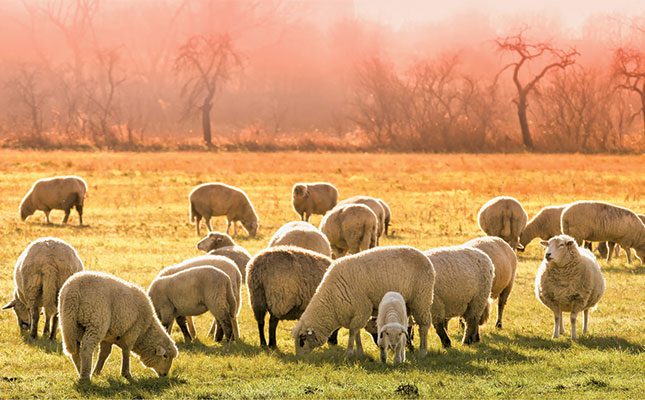
However, culling is often the most effective solution to prevent further contamination. In some cases, farms can return to normal productivity within two years if infected animals are culled quickly and subsequent testing shows no further signs of infection.
Ongoing research
Claassen says that while significant progress has been made in understanding and controlling brucellosis, there is still much work to be done. Research is ongoing into improving diagnostic tests, particularly those that can distinguish between vaccinated and infected animals.
She explains that there is a need for improved vaccines that offer more robust immunity and do not interfere with diagnostic testing.
Public awareness remains a crucial component in controlling brucellosis.
“Research on how we can create awareness is essential,” Claassen says.
Farmers need to be educated on when to test, when to vaccinate, and the risks associated with not adhering to these protocols.
Brucellosis remains a significant challenge for livestock farmers worldwide, with far-reaching implications for animal and health, and economic productivity. Claassen stresses the importance of early detection through regular testing, strict biosecurity measures, and adherence to vaccination protocols.
By working collectively, farmers and veterinarians can minimise the impact of this devastating disease, protect their herds, and ensure safer livestock products for consumers.
Email Dr Didi Claassen at [email protected].










